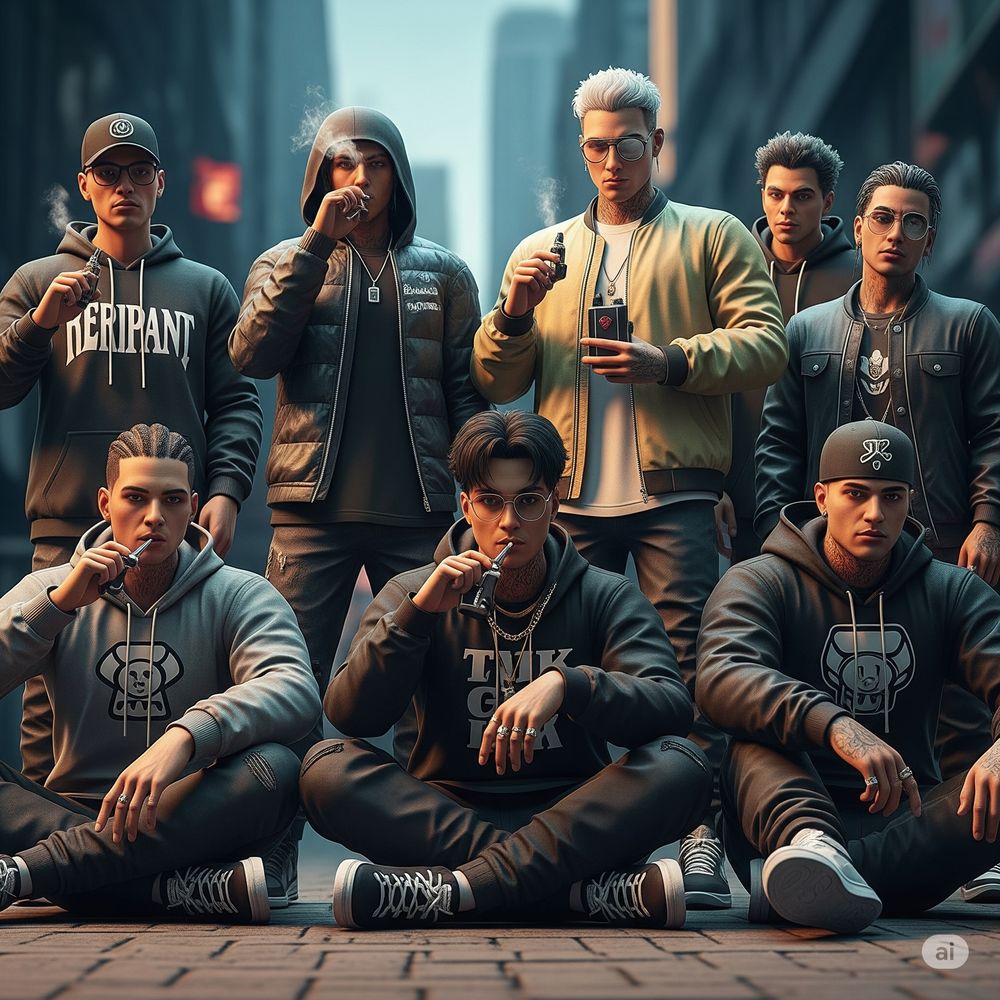Digital Vape Avatars in Youth Subculture
Vape avatars have emerged as a dynamic form of digital identity among Gen Z users, especially within youth-driven platforms. Through these customized personas, users express style, attitude, and lifestyle in virtual settings. This trend flourishes alongside rising interest in online gaming, digital art, and metaverse spaces. As real-life trends influence how digital personas are dressed or behave, avatars are no longer just entertainment—they are personal branding tools. Young users increasingly curate these characters to reflect values, preferences, and even social circles. Although some view this shift as novelty, others recognize it as a new language for self-expression across a borderless, always-on culture.
Vape Avatars Set the Tone for Digital Rebellion
In contrast to traditional online profiles, these animated characters operate in fluid, aesthetic-heavy spaces. Their rise is partly fueled by dissatisfaction with rigid identity boxes and generic platforms. Stylized features like glowing clouds, futuristic accessories, or glitchy fashion choices aren’t just visual—they carry meaning. Often crafted to defy social norms, these avatars reflect subcultural resistance to conformity. While most are built within gaming platforms or social media environments, they influence real-world decisions, from wardrobe to conversation topics. Notably, collaborations between virtual influencers and digital artists have accelerated the spread of avatar aesthetics into mainstream fashion feeds. This crossover makes it easier for niche styles to reach broader audiences.
Virtual Representation Reshaping Peer Influence
Youth communities rely heavily on these avatars to build identity and influence others. Rather than using words, many communicate via visuals—skin designs, animations, or themed environments. When groups share similar design elements, they signal membership or alignment. As a result, online gatherings now resemble stylized fashion showcases, blending streetwear with pixelated effects. Furthermore, many users experiment with identity without fear of judgment. They test aesthetics and values before presenting them offline. Creators who successfully capture this digital mood often gain followers rapidly, setting off cycles of replication. These behaviors mirror traditional peer influence but with faster feedback loops and global reach.
A New Medium for Cultural Commentary
More than just a trend, these avatars serve as commentary on societal issues. Creators embed symbolism into their designs, addressing topics from climate to politics. In doing so, they use fictional personas as storytelling devices. This strategy allows youth to address complex themes creatively, bypassing traditional media. Educators and sociologists now observe this space to understand changing behaviors. By analyzing avatar aesthetics and how they’re shared, they decode values held by emerging generations. Consequently, what began as playful customization now evolves into a framework for critique and exploration. As digital culture matures, these tools grow more powerful in shaping identity and discourse.














